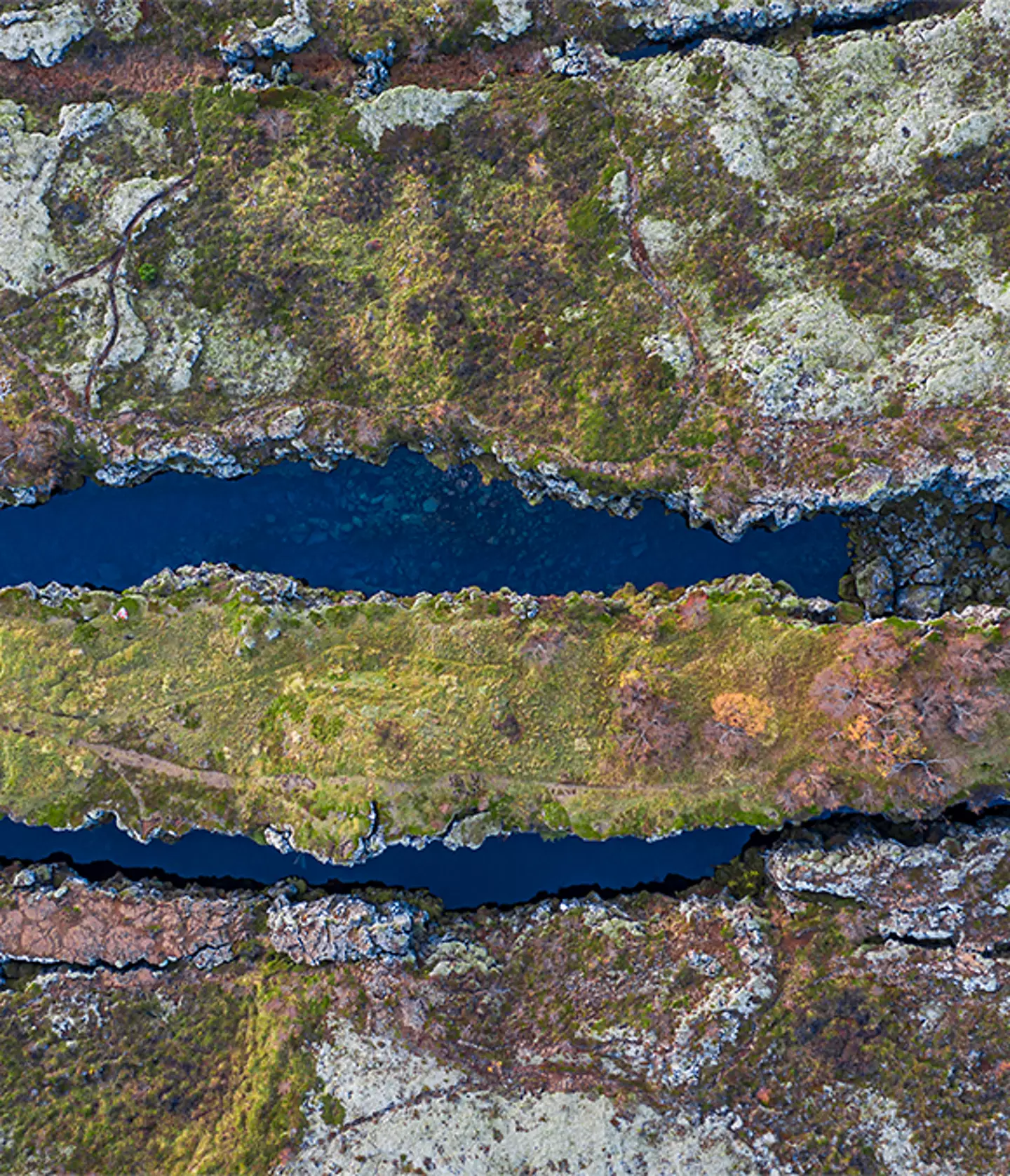This is the first time this behaviour has been observed in an actual descending tectonic plate.
The world’s seventh largest country is splitting in two.
Not politically or socially, but physically.
According to a new study, India is going through some major changes under the Earth’s surface. Specifically, the Indian Continental Plate is splitting into layers horizontally, one on top of the other.
Over the years, there has been a lot of scientific debate about how the Tibetan Plateau was formed.
At the American Geophysical Union conference in December, a new idea came up: the Indian Plate is ‘delaminating.’
This means the top part of the plate is causing Tibet’s extremely high altitude, while the bottom part sinks into the Earth’s mantle.

Astromujoff / Getty
Simon Klemperer from Stanford University and his team found this out by looking at helium levels in the Tibetan springs.
According to their research, a pattern was discovered that suggested the mantle was close enough to the Earth’s surface for rare helium-3 to release through the springs in northern Tibet.
The study explained: ‘Our SRFs objectively map depths to distinct Indian and Tibetan lithosphere-asthenosphere boundaries across a substantial region of south-eastern Tibet.
‘The inferred boundary between the two lithospheres is corroborated by more subjective mapping of changing SWS parameters, and by independent interpretations of the mantle suture from mantle degassing patterns and the northern limit of sub-Moho earthquakes.
‘The southern limit of Tibetan lithosphere and subjacent asthenosphere is at 31°N west of 90°E but steps south by >300 km to ~28°N east of 92°E likely representing a slab tear.’

Arctic-Images / Getty
Basically, the scientists found that the Indian Plate isn’t breaking in two but rather peeling into two.
However, in southern Tibet, there’s more helium-4, which means the plate hasn’t split there yet.
Professor Douwe van Hinsbergen of Utrecht University, who is not an author of the study, told Science Magazine: ‘We didn’t know continents could behave this way and that is, for solid earth science, pretty fundamental.’
The study is yet to be peer-reviewed. Fabio Capitanio, a geodynamicist at Monash University, added that the data is just a starting point: ‘It’s just a snapshot. It’s definitely the type of work that we need to move [forward].’
Previously, such phenomena were only studied and simulated using computer models. However, this study is the first time this behaviour has been observed in an actual descending tectonic plate.





